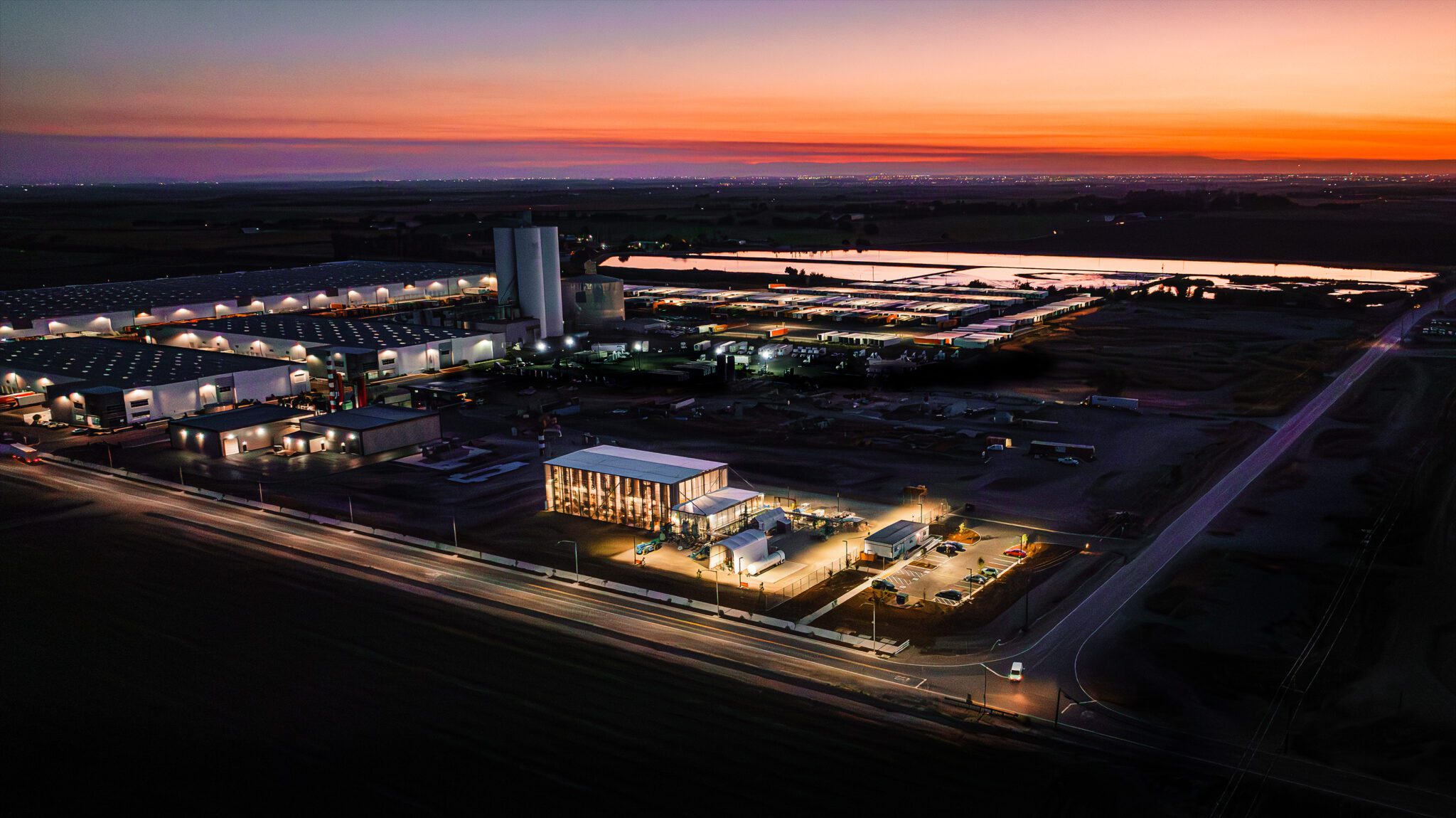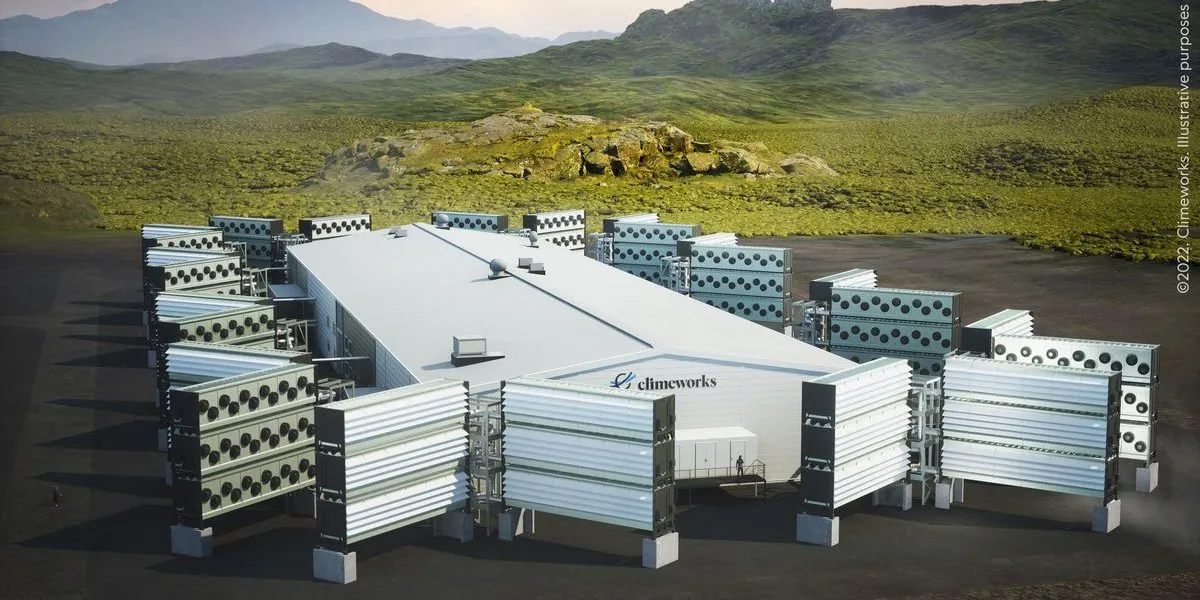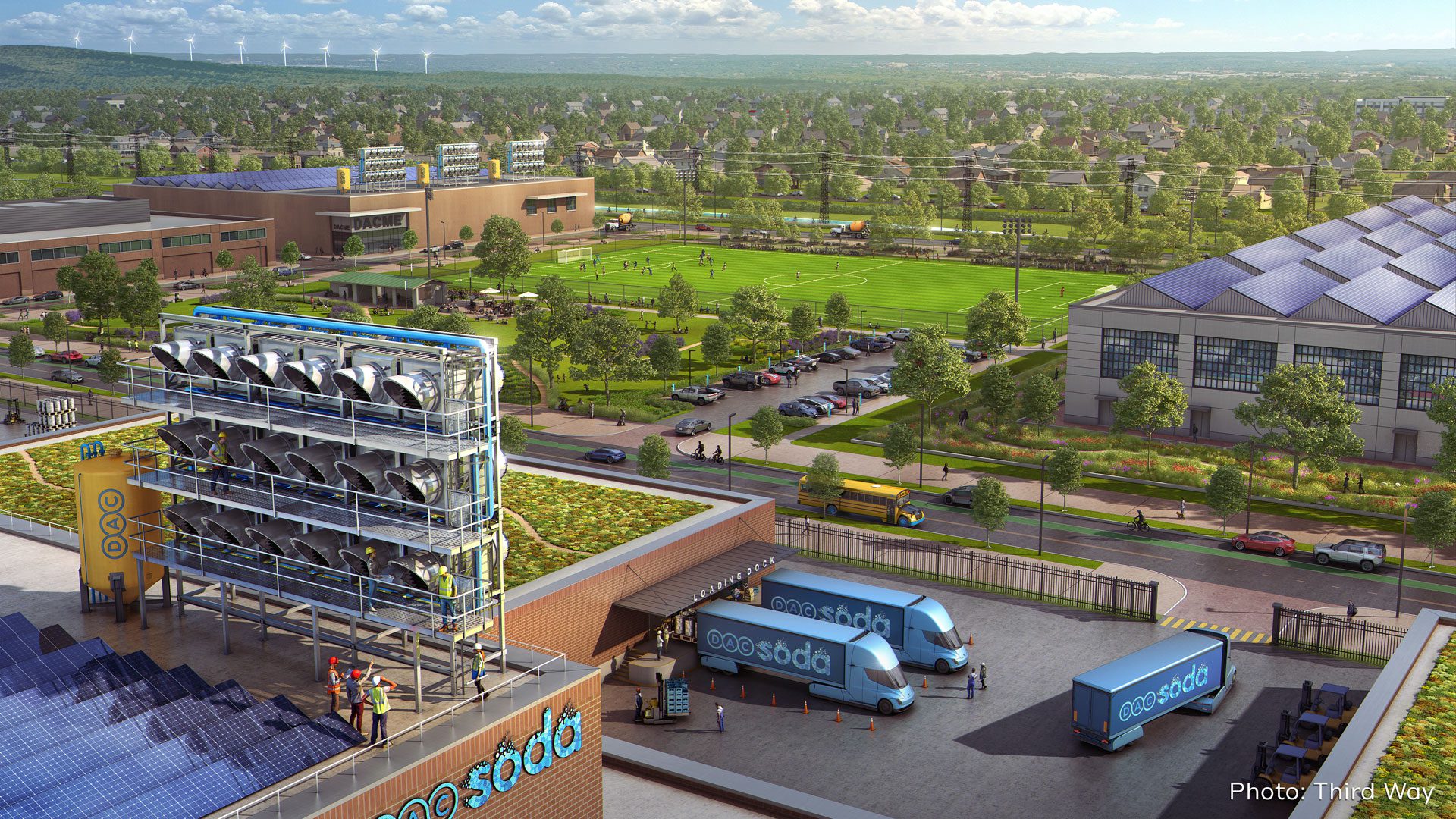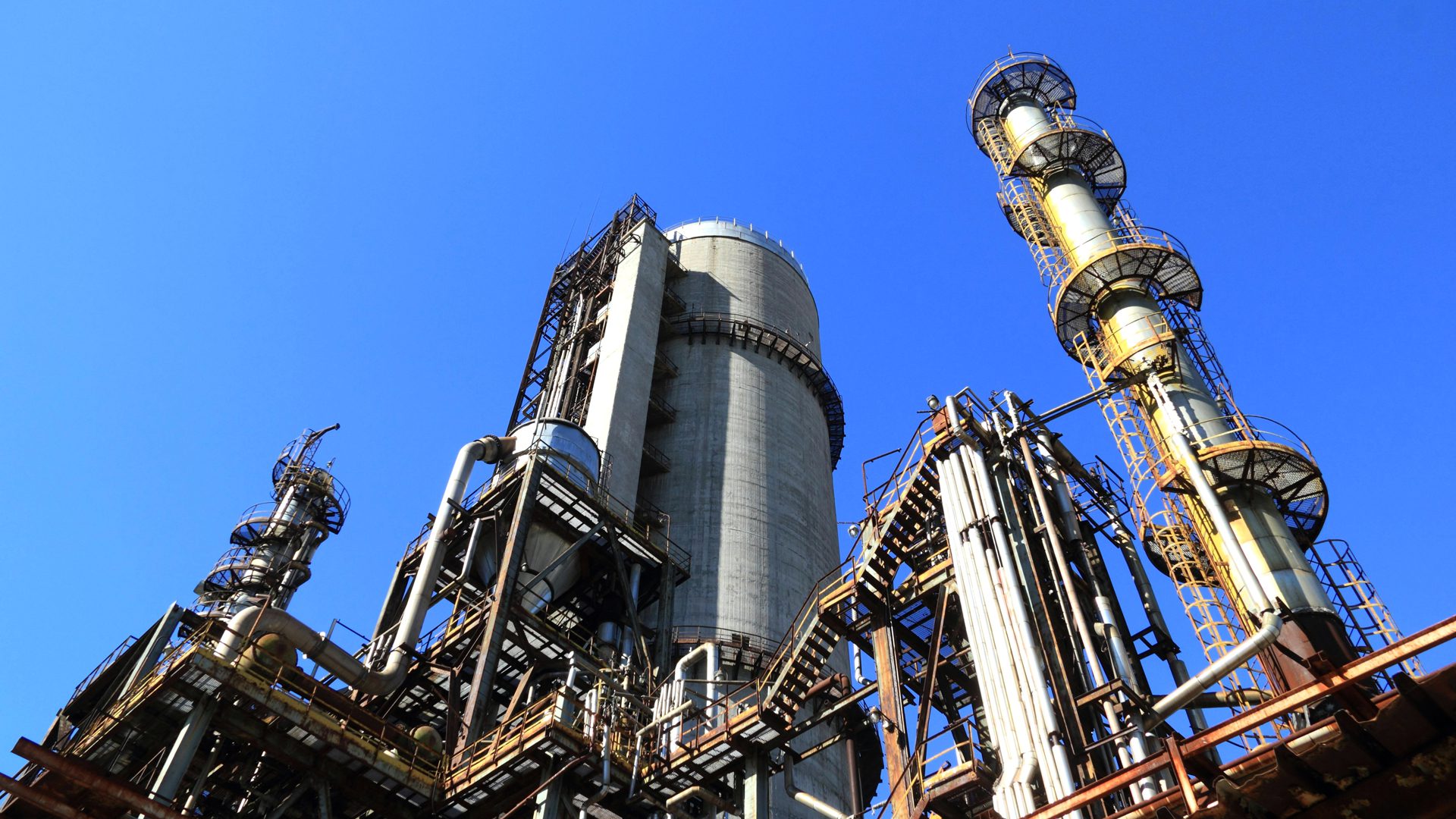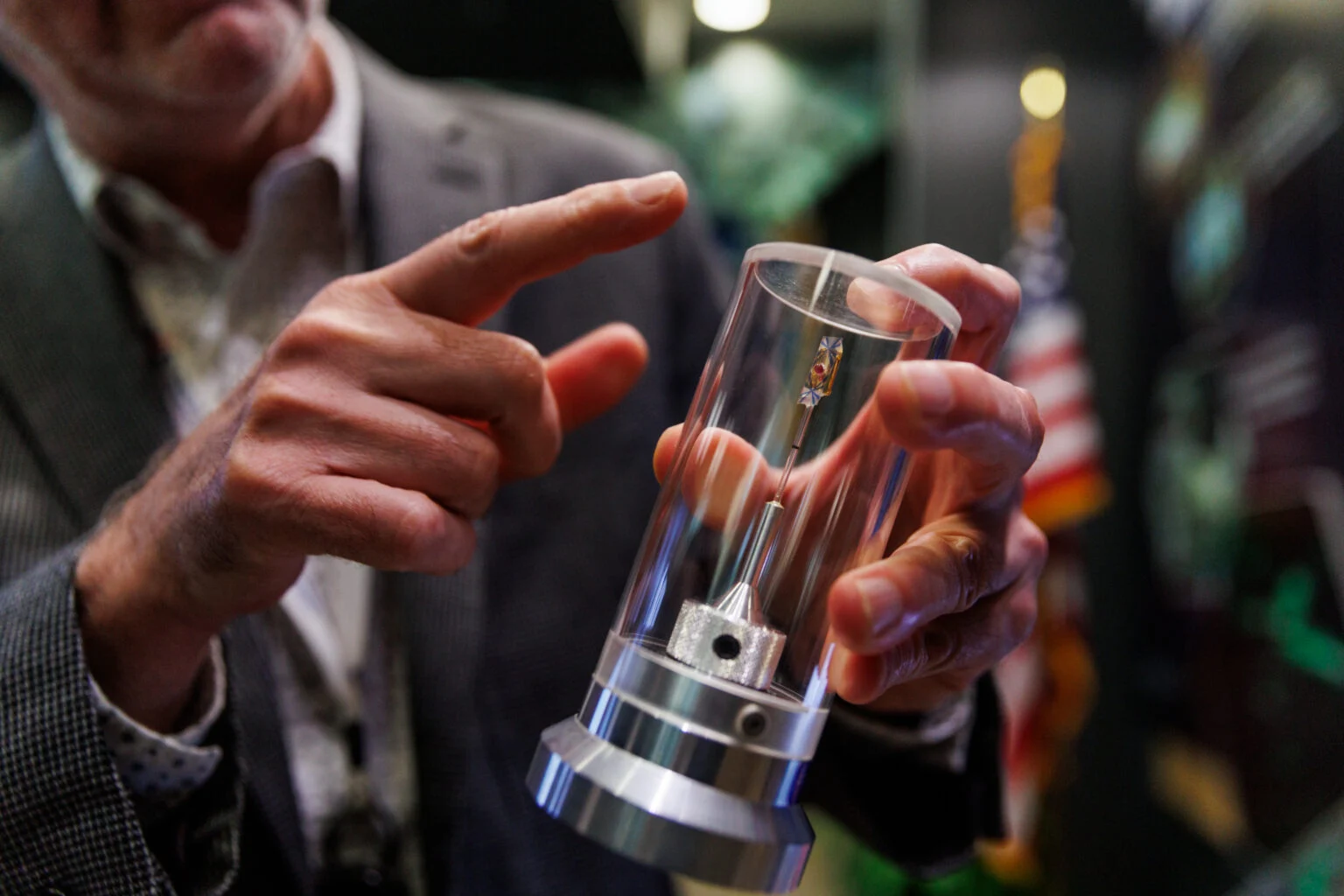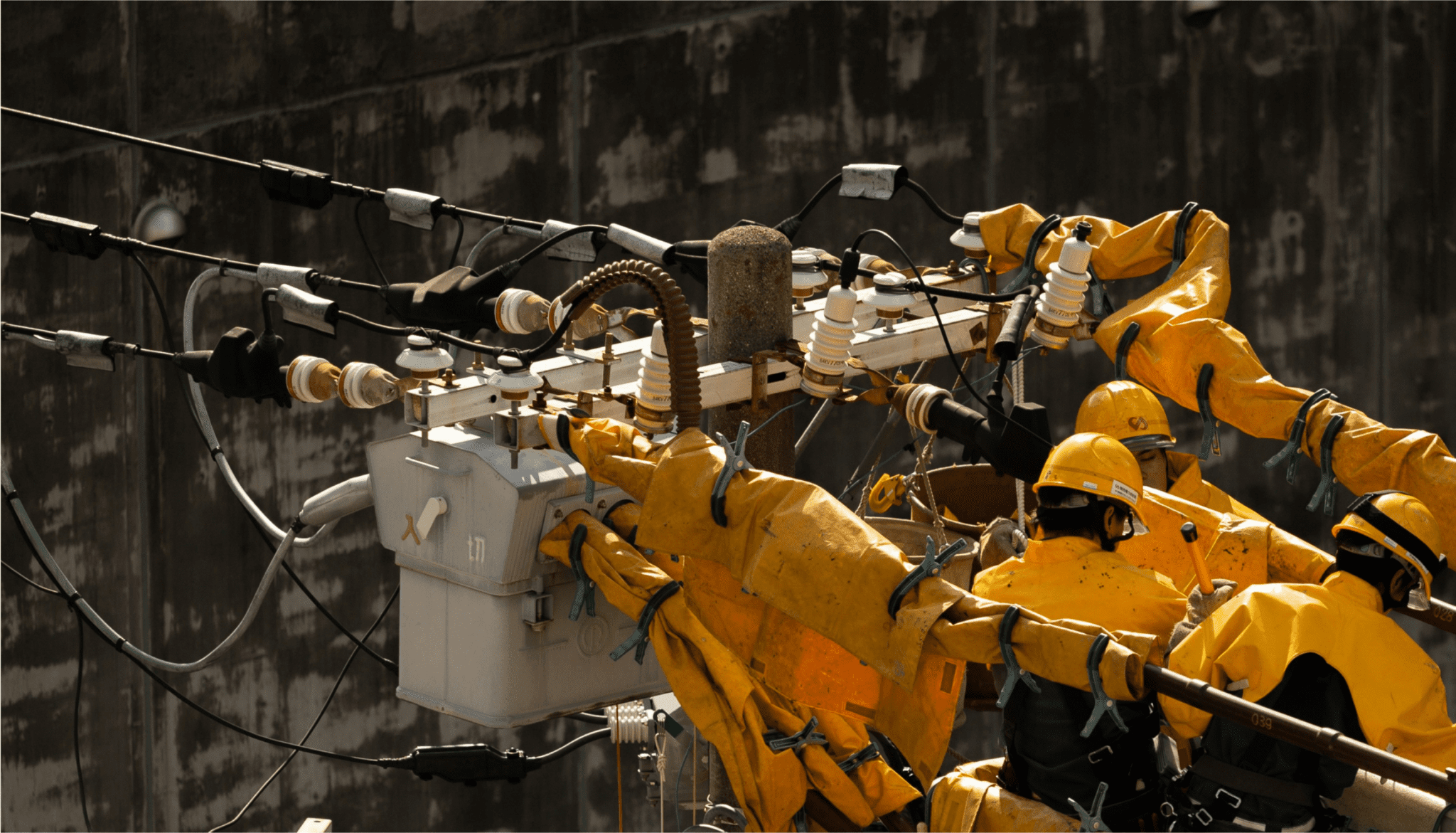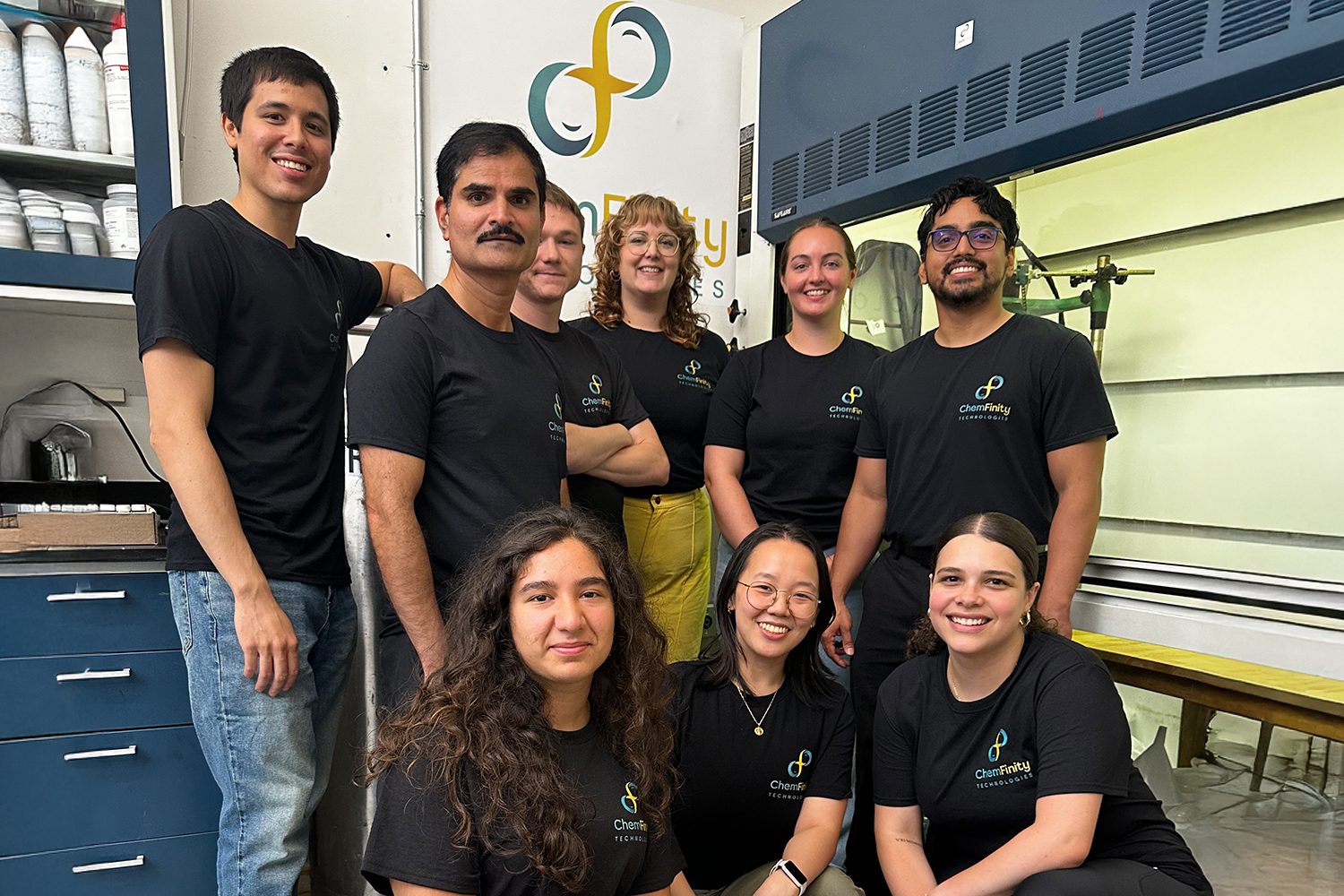Imagine a world where we can pull pollution straight out of the air, reversing the damage done to our climate. It’s not science fiction—it’s happening now with new technologies that are being built right here in the U.S.
Last year, the Department of Energy (DOE) announced its first set of awards in the Direct Air Capture (DAC) Hubs program. Now, DOE just committed to a second round of funding—totaling $1.8 billion—which will focus on mid-scale DAC facilities and essential infrastructure, like clean energy and geologic storage.
These are fantastic moves to support the supply side of carbon removal. However, there’s a crucial piece missing: demand for this captured carbon. We need more than technology—we need buyers ready to invest in this clean future.
Why Demand Matters
The Bipartisan Infrastructure Law was a monumental step forward, giving us programs to build battery facilities, incentivize hydrogen production, and address industrial emissions. It also included $3.5 billion for a DAC hubs program, which will help this nascent industry prove how to capture, process, deliver, sequester, and use captured carbon, a phase critical to getting more large scale facilities built. Companies from around the world are eager to build in America, and that’s exciting!
But here’s the catch: if we don’t ensure this program succeeds, we could see all that innovation and investment slip away to other countries where it’s more financially viable to operate. This isn’t just about removing carbon; it’s about creating good-paying jobs and transforming local economies across the country.
Congress created the DAC hubs program with the goal of accelerating its pathway to commercialization. In doing so, they recognize that proving this technology works is key to achieving the gigaton-scale carbon removal needed to achieve our climate targets. But without robust demand support to complement the DAC hubs’ focus on facility and infrastructure development, we risk stalling out.
The Demand Challenge
Right now, the market for DAC is tiny. A handful of players—like Microsoft and a few airlines—make up over 80% of purchases, and it’s all voluntary. Other policies, like the 45Q tax credit and state low carbon fuel standards, will help reduce prices, but that’s not enough to incentivize the scale of investment necessary to bring DAC technologies to market in a big way. For that, DAC startups need many more companies and organizations willing to buy credits for many years.
If we only invest in building facilities without ensuring there’s a market of buyers ready to support long-term offtake, the DAC industry might never get off the ground. We could see some eventually close their doors, and new projects might never come to pass. This could mean lost jobs and local economic benefits disappearing overnight. Instead of moving forward, we’d be putting the brakes on progress.
Policy Options
The good news? There are plenty of options we can learn from to build a healthy DAC industry. We could do any and all of the following:
- Take a similar approach to hydrogen: DOE included $1 billion in demand-side support alongside its hydrogen hubs program to ensure that the supply generated by the hubs has a market. This model could be adapted for DAC hubs.
- Create a reverse auction, like Denmark: Denmark used a reverse auction model where companies bid for subsidies on a per-ton basis to make their carbon removal projects financially viable. This allows companies of all sizes to compete, with funding allocated based on need.
- Add funding to the carbon dioxide removal (CDR) purchase prize: DOE announced a $35 million CDR purchase prize, matched by private funding from companies like Google. This program could be expanded to support DAC by offering matching funds to incentivize voluntary market buyers, increasing demand.
Looking to the Future
As we look forward, let’s remember that supporting DAC isn’t just about the technology to capture carbon; it’s about building a sustainable market for it. By incorporating demand-side support into this program, we can position the U.S. as a leader in this crucial technology, create jobs, and contribute meaningfully to global climate goals. I know that if we take the right steps now, we can make this vision a reality.

